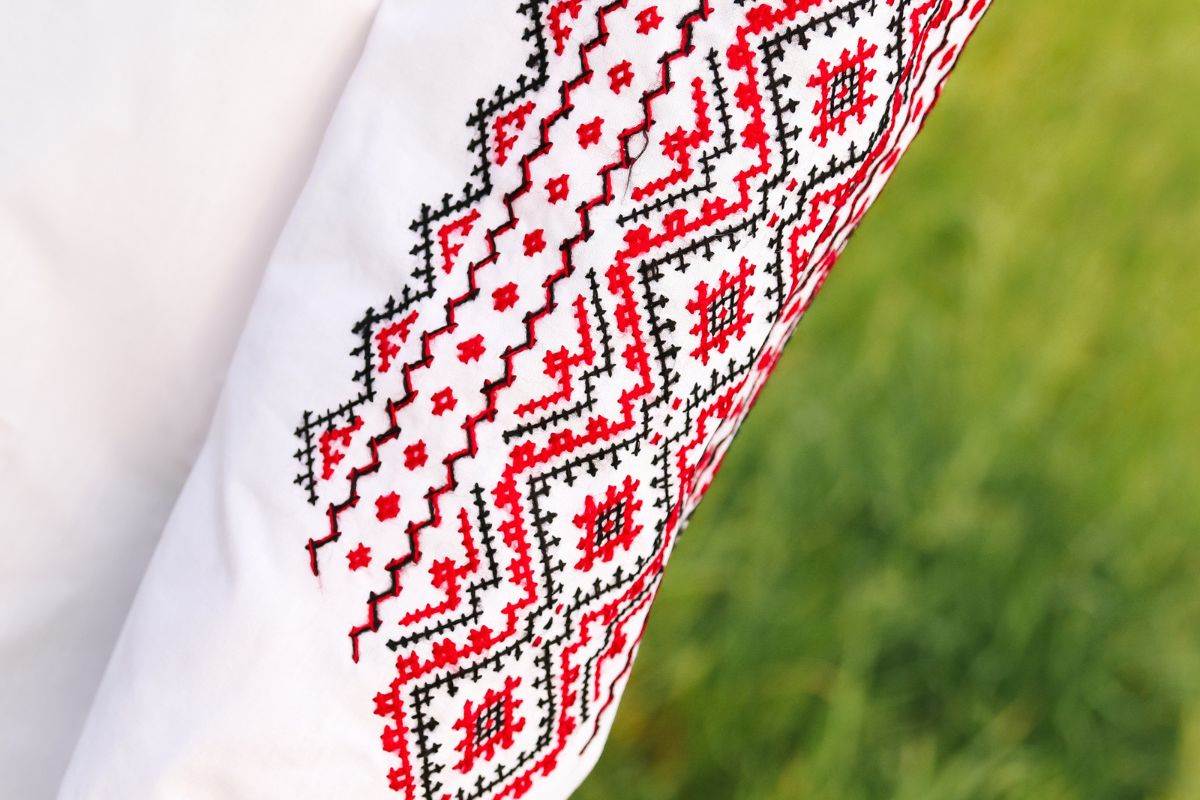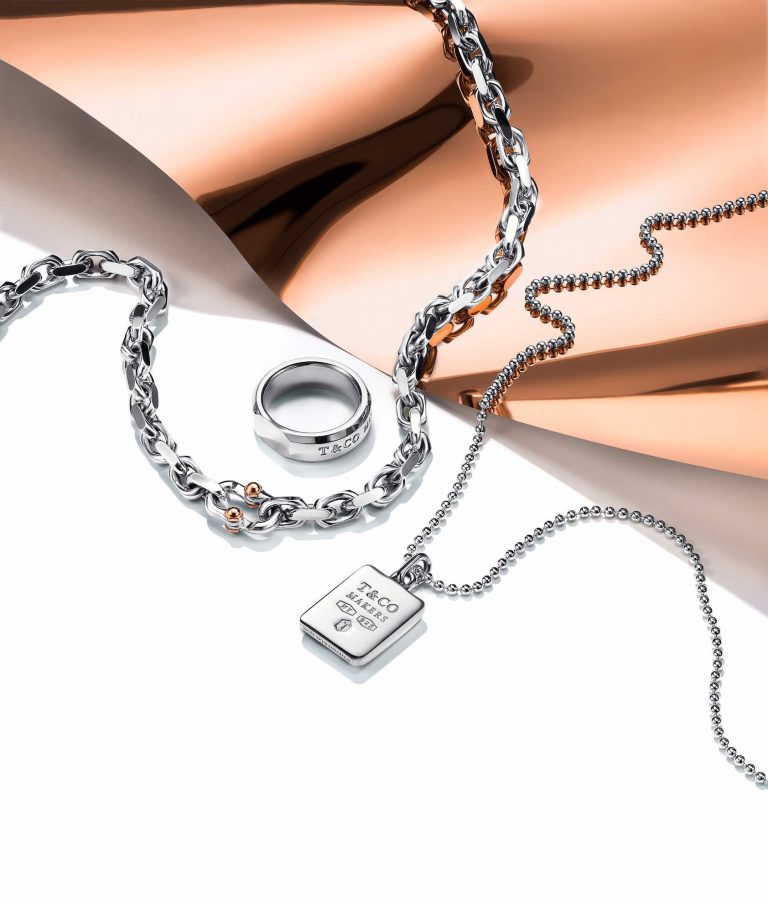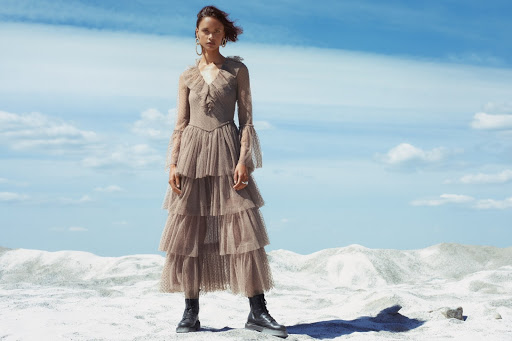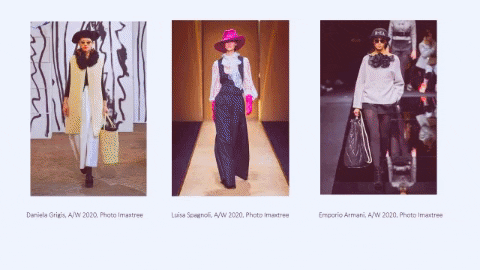
Capturing Jerusalem’s Essence: The Art of Tarteez Embroidery.
The streets of old Jerusalem are probably just as you imagine them: cobblestoned, ancient, and brown. Now and then there would be pops of colour tables piled with sweets and women in traditional Palestinian thawbs walking with their children. These thawbs would usually be black with red or pink stitchwork. It was when a lady sat very close to us while we waited for the Jummah prayer to start in the Dome of the Rock that I could see the embroidery was very geometrical and intricate.
Tarteez is the traditional embroidery of Palestine. It is a cross-stitching method that produces patterns that look block-like and geometric. The Tarteez practice originated 3000 years ago, and just like the complexities of the Holy Land, it has gone through much change and symbolism.
The Subtle Power of Palestinian Garments in the Face of Colonialism.
Originally, the patterns could tell you a lot about the person wearing the garment as well as the maker of the garment. The symbols and patterns embroidered would be inspired by what the maker saw around them. So often, tarteez patterns could tell you where the wearer was from.
Women from different regions in Palestine would embroider what was important to that village or region. In Gaza, for example, tarteez patterns would be stitched in the form of cypress trees, which grew frequently there, while tarteez from Ramallah would feature flowers.
Colours also indicate more about the person wearing them, with reds and pinks reserved for younger girls and greens for older women who were married. Different patterns and threads are used for different occasions, such as pregnancy or marriage. Silk thread is used for these special occasions, while it is more common to use cotton for everyday tarteez thawbs.
How Palestinian Tarteez Embroidery Transformed into a Symbol of Resistance
The practice of tarteez was passed down by families and communities, with girls sometimes learning how to cross-stitch (and then learn more complicated stitches called
This all changed after the Nakbah of 1948. Women found themselves in refugee camps altogether; the villages where they had come from had been destroyed, and they had no money. tarteez was now no longer an art but a way for these displaced women to earn an income, and just as the keffiyeh became a garment of resistance, so did tarteez embroidery.
Women would no longer sew symbols from their villages onto their thawbs but rather symbols of resistance. When the Israeli government banned the Palestinian flag, thawbs were embroidered with tarteez that featured it as a form of resistance. The intifada dress was a garment that had tarteez patterns of the flag, Masjid Al-Aqsa, maps of their homeland, and the name Philistine embroidered on the thawbs. Nowadays, it is a commercial practice specifically for women in the diaspora, like those in refugee camps in Lebanon, where Palestinian refugees are restricted from working in just any industry. The garment remains central to Palestinian heritage; it is a dress that details where each girl is from and serves as a timeline of their lives. It must be preserved.


The importance of garments as a form of resistance must not be discredited. In the postcolonial world specifically, where so much of our culture was suppressed in order to adhere to colonial standards, it is important to hold on to these small things as a symbol for who we are. From Mandela refusing to wear a suit and rather his silk shirt at formal events to the uniforms of the Black Panthers and the Sapeurs of Brazzaville, The Palestinian cause is about resisting colonialism and holding onto what makes Palestine Palestinian. While it is easy to learn the history of what accord was signed when and to argue the facts constantly, we must remember that Palestinians are human; they are not just death tolls to be posted at the end of each day. They enjoy poetry and music; they like leisure; and they wear clothes that represent them. They have hopes and dreams. We must remember this art. In spreading the news about them, we must preserve what would have been in their lives: a tarteez thawb sewn for a girl who would never wear it. That is resistance.
I often think about the woman who prayed next to me in the Dome of the Rock. I wish I could tell you which region the embroidery on her sleeve was inspired by, but I can t. I just have an image of a woman squeezing tightly into a space that should have rightfully been hers.
Join the Bold Club for VIP access to exclusive events, unique networking opportunities, and special promotions across the city. Sign up to be on our waiting list and elevate your experiences with us.






